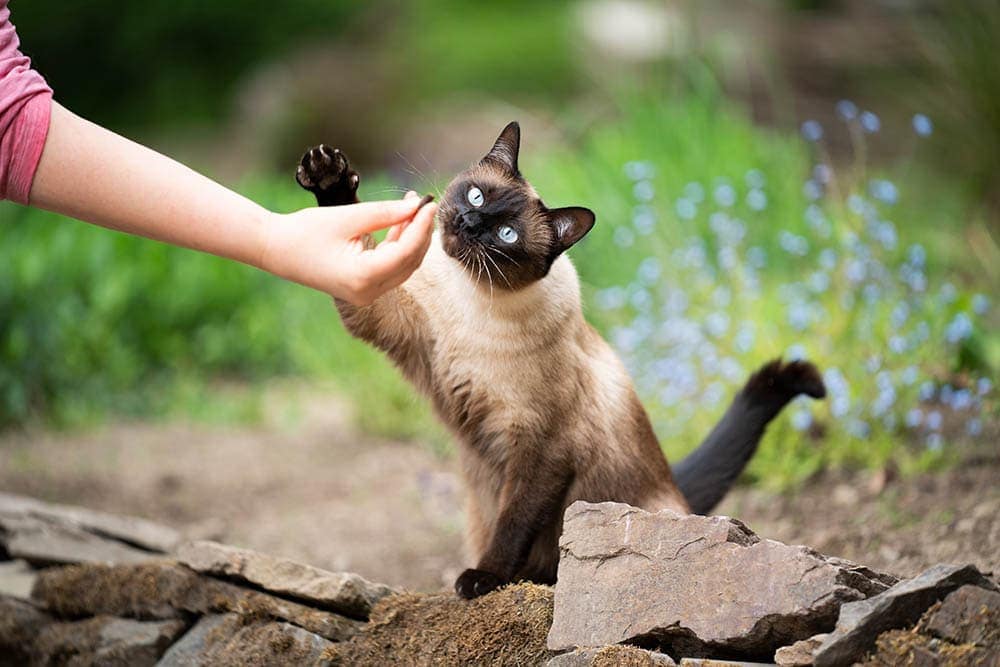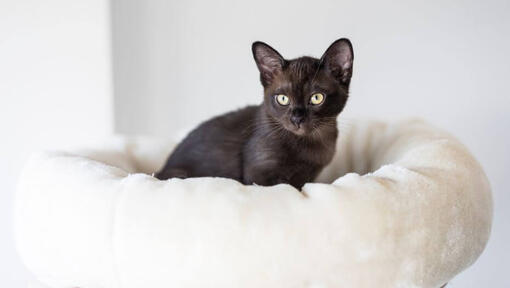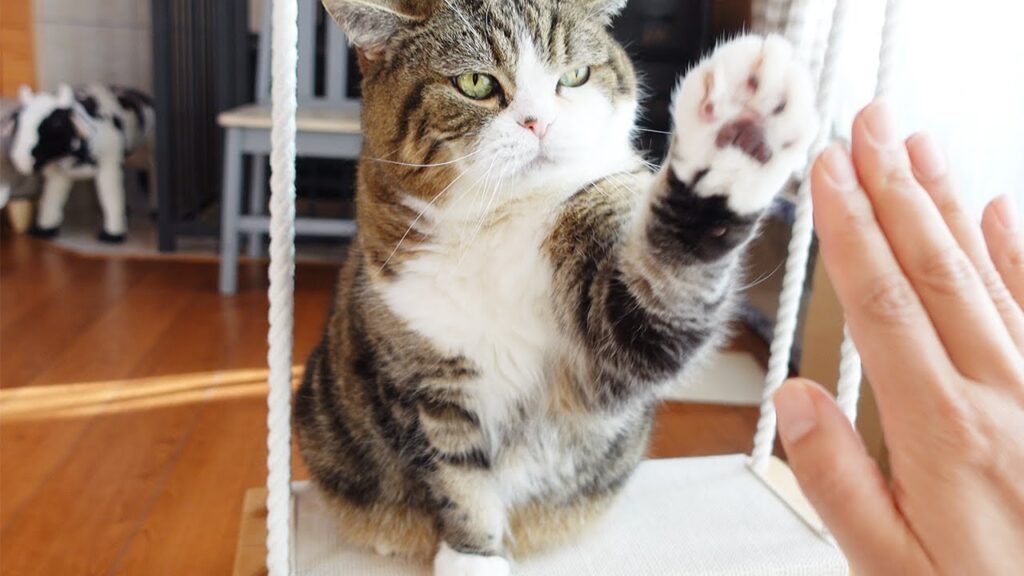Training a cat may sound challenging, but some small cat breeds are notably easier to train than others. These breeds are intelligent, responsive, and more willing to learn commands and tricks. Here’s an in-depth look at small cat breeds that are easy to train, ensuring your feline friend becomes a well-mannered and joyful companion.
Benefits of Training Small Cat Breeds
Training your cat offers numerous benefits:
- Enhanced Bonding: Training strengthens the bond between you and your pet.
- Mental Stimulation: Keeps your cat mentally engaged and reduces boredom.
- Behavior Management: Helps curb unwanted behaviors and encourages positive ones.
- Safety: Trained cats are less likely to engage in dangerous activities.
Top Small Cat Breeds That Are Easy to Train
1. Abyssinian
Abyssinians are known for their high intelligence and playful nature. They thrive on interaction and can quickly learn tricks and commands.
- Characteristics: Active, social, and curious.
- Training Tips: Use positive reinforcement and interactive toys.

2. Siamese
Siamese cats are vocal and affectionate, making them highly responsive to training. They enjoy the mental challenge of learning new tasks.
- Characteristics: Vocal, affectionate, and intelligent.
- Training Tips: Consistent training sessions and rewards work best.

3. Burmese
Burmese cats are friendly and people-oriented. Their eagerness to please makes them one of the easiest breeds to train.
- Characteristics: Affectionate, loyal, and playful.
- Training Tips: Use treats and praise to reinforce desired behaviors.

4. Scottish Fold
Scottish Folds are adaptable and easygoing, which contributes to their trainability. They enjoy routine and can learn commands with patience.
- Characteristics: Gentle, adaptable, and affectionate.
- Training Tips: Incorporate training into daily routines and use gentle encouragement.

Effective Training Techniques for Small Cat Breeds
Positive Reinforcement
Positive reinforcement is crucial when training small cat breeds. Reward your cat with treats, praise, or playtime whenever they exhibit desired behavior.
Clicker Training
Clicker training is an effective method that uses a clicking sound to mark desired behavior, followed by a reward. This technique helps cats understand what is expected of them.
Consistency is Key
Consistency in commands and rewards is vital. Ensure everyone in the household uses the same commands and rewards the same behaviors.
Short Training Sessions
Cats have short attention spans, so keep training sessions brief but frequent. Five to ten minutes per session is ideal.
Common Training Goals for Small Cat Breeds
- Litter Training: Teaching your cat to use the litter box is fundamental. Show them the box and reward them when they use it.
- Scratching Posts: Encourage the use of scratching posts to protect your furniture. Reward them when they use the post.
- Basic Commands: Teach commands like “sit,” “stay,” and “come.” Use treats and praise to reinforce these behaviors.
- Leash Training: Some small cat breeds can be trained to walk on a leash, providing them with safe outdoor experiences.
Addressing Training Challenges
Patience and Persistence
Training small cat breeds that are easy to train still requires patience and persistence. Each cat learns at their own pace.

Understanding Cat Behavior
Recognize that cats are independent by nature. Respect their boundaries and avoid forcing training sessions when they are not receptive.
Creating a Positive Environment
A calm and positive training environment is essential. Avoid punishment, as it can lead to fear and anxiety.
Conclusion
Small cat breeds that are easy to train offer a rewarding experience for pet owners. Breeds like the Abyssinian, Siamese, Burmese, and Scottish Fold are not only charming and affectionate but also eager to learn. By using positive reinforcement, clicker training, and consistent commands, you can successfully train your small cat breed, enhancing your bond and ensuring a well-behaved companion.





















